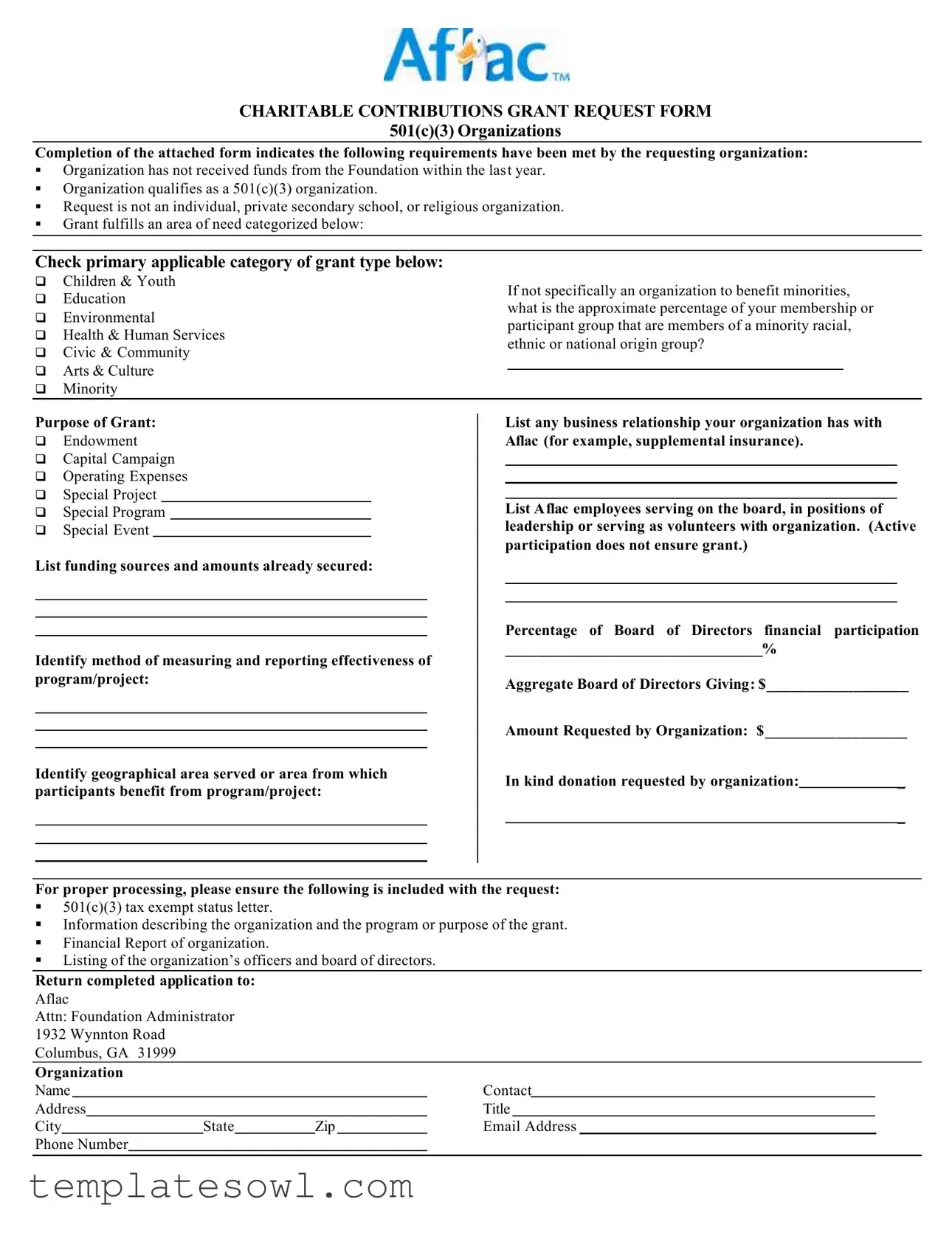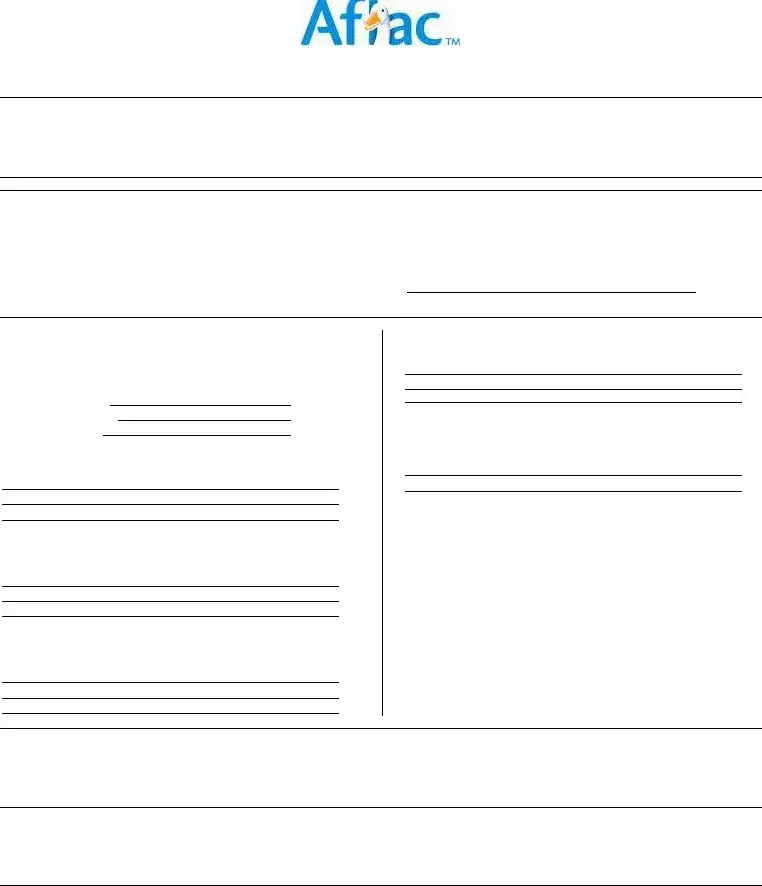When completing the 501(c)(3) application form, many individuals make common mistakes that can lead to delays or denials in their grant requests. One frequent error is failing to provide adequate proof of the organization's 501(c)(3) tax-exempt status. This letter is crucial for establishing eligibility and must be included with the application.
Another typical mistake is not clearly articulating the purpose of the grant. Without a detailed explanation of how the funds will be used, reviewers may find it difficult to assess the alignment with their grant-making goals. It's essential to specify whether the request is for an endowment, capital campaign, operating expenses, special project, special program, or special event.
Many applicants overlook the significance of detailing the geographical area served by the program or project. This information helps establish the impact of the organization's efforts. If the area of benefit is not well defined, it can raise questions about the organization's outreach and effectiveness.
Additionally, applicants often fail to list all funding sources that have been secured for the project. Providing this information demonstrates fiscal responsibility and the organization’s ability to attract support from various channels, which can influence funding decisions positively.
In some cases, applicants neglect to mention any business relationships with Aflac. If the organization has connections with Aflac employees or maintains any business relationships, these must be properly disclosed. Transparency in these details can help avoid potential conflicts of interest.
A common oversight involves not including the financial report of the organization. This document is necessary for the Foundation to assess the organization's financial health and sustainability. Failure to provide this report can result in immediate disqualification.
Another mistake is leaving out the list of officers and board of directors. This information is crucial for understanding the governance of the organization. A complete list helps the reviewers gauge the leadership's stability and commitment to the cause.
Many applicants also forget to measure and report on the effectiveness of the program or project. Including a clear method for measuring success is vital. It not only highlights the organization’s accountability but also assures funders that their investment will have a meaningful impact.
Lastly, some submissions come with incomplete contact information. It is important that all fields designated for contact details – including the organization name, address, title, email address, and phone number – are filled out accurately. Missing or incorrect information can create barriers to communication that complicate the review process.

